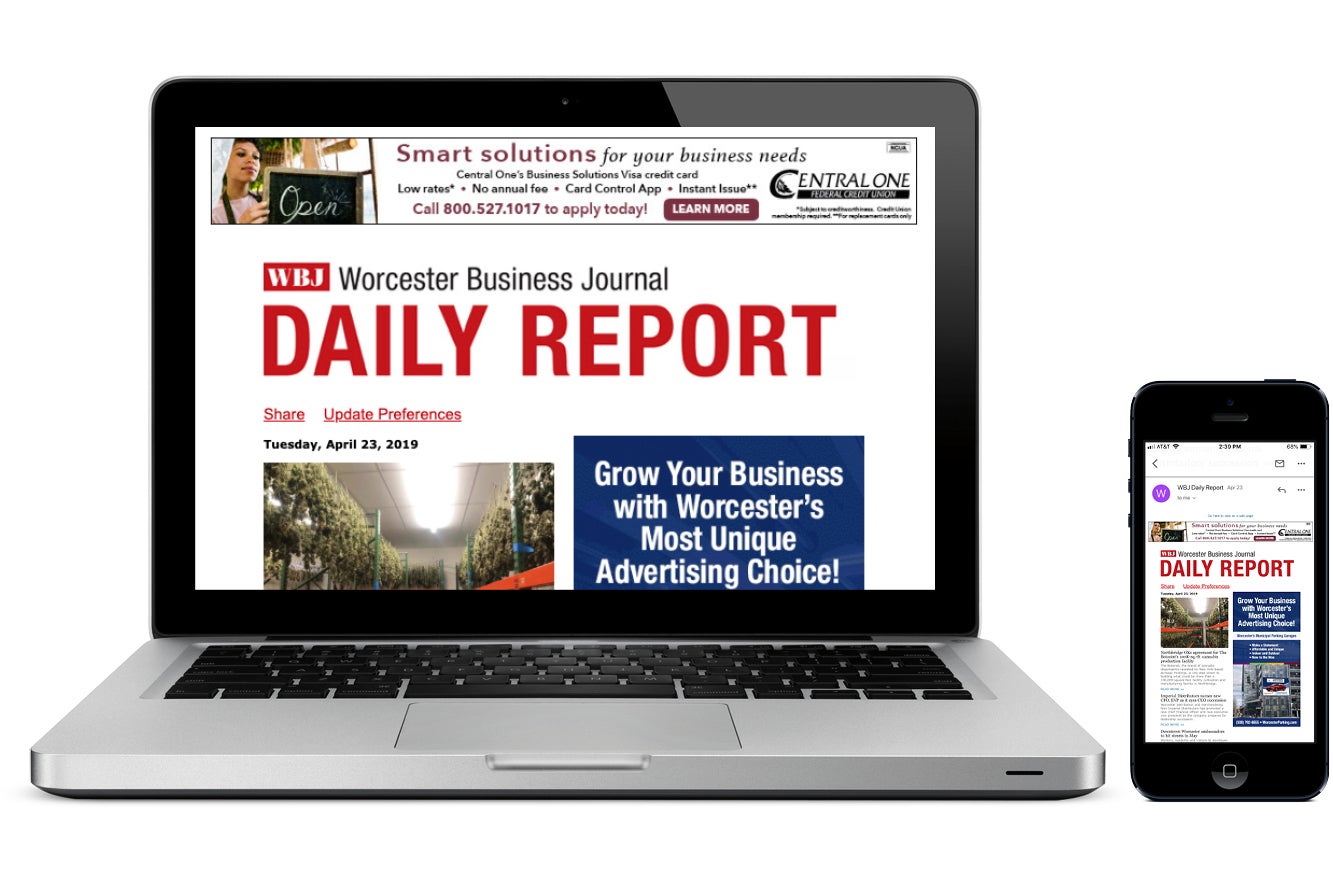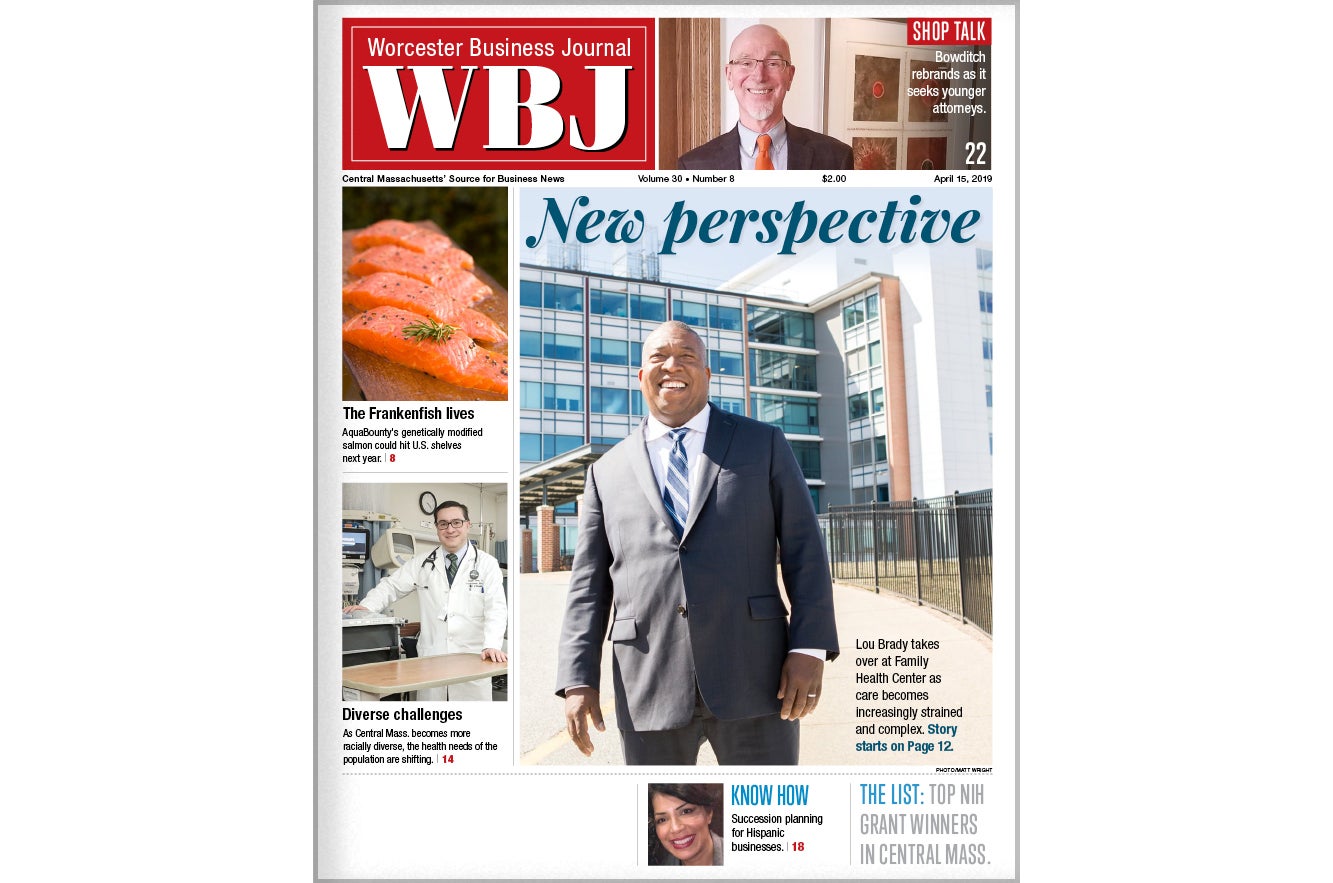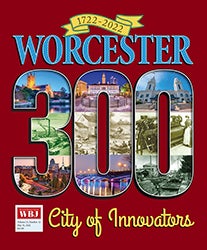Processing Your Payment
Please do not leave this page until complete. This can take a few moments.
- News
-
Editions
View Digital Editions
Bi-Weekly Issues
- June 30, 2025 - The Dog Edition
- June 16, 2025
- June 2, 2025
- May 19, 2025 - Power 100
- May 5, 2025
- April 21, 2025
- + More
Special Editions
- Lists
- Viewpoints
- WBJ Events
- Business Calendar
- Biz Marketplace
Poll results
Rides with ridesharing companies like Uber and Lyft rose by 49% in 2018 as the city looks to increase ridership on the Worcester Regional Transit Authority, possibly by making it a free service in a city with limited public transportation options.
Rides with ridesharing companies like Uber and Lyft rose by 49% in 2018 as the city looks to increase ridership on the Worcester Regional Transit Authority, possibly by making it a free service in a city with limited public transportation options.
- 212 Votes
- 27 Comments
27 Comments
-
June 27, 2019
We need new ideas like Ride the Woo (downtown trolley) to gain discretionary ridership downtown to support the local Business community, tourism and community pride.
-
June 27, 2019
Would like to see Ride The Woo
-
June 26, 2019
Uber & Lyft should be regulated, currently anyone that don't have a job is driving for them, putting more vehicles on the road with massive traffic jams during peak periods of day.
-
June 26, 2019
If convenient and reliable a nice trolley system would be a nice addition to the changing character of Worcester.

Get the Daily Report
Stay connected! Every business day, WBJ Daily Report will be delivered to your inbox by noon. It provides a daily update of the area’s most important business news.
Sign up
Subscribe
Worcester Business Journal provides the top coverage of news, trends, data, politics and personalities of the Central Mass business community. Get the news and information you need from the award-winning writers at WBJ. Don’t miss out - subscribe today.
Subscribe
Worcester 300, City of Innovators
Worcester Business Journal presents a special commemorative edition celebrating the 300th anniversary of the city of Worcester. This landmark publication covers the city and region’s rich history of growth and innovation.
See Digital Edition-
Get the Daily Report
Stay connected! Every business day, WBJ Daily Report will be delivered to your inbox by noon. It provides a daily update of the area’s most important business news.
-
Subscribe
Worcester Business Journal provides the top coverage of news, trends, data, politics and personalities of the Central Mass business community. Get the news and information you need from the award-winning writers at WBJ. Don’t miss out - subscribe today.
-
Worcester 300, City of Innovators
Worcester Business Journal presents a special commemorative edition celebrating the 300th anniversary of the city of Worcester. This landmark publication covers the city and region’s rich history of growth and innovation.
ABOUT
NEW ENGLAND BUSINESS MEDIA SITES
No articles left
Get access now
In order to use this feature, we need some information from you. You can also login or register for a free account.
By clicking submit you are agreeing to our cookie usage and Privacy Policy
Already have an account? Login
Already have an account? Login
Want to create an account? Register
This website uses cookies to ensure you get the best experience on our website. Our privacy policy
To ensure the best experience on our website, articles cannot be read without allowing cookies. Please allow cookies to continue reading. Our privacy policy
The WRTA collects only around $3 million, or 14 percent, of its budget from fares while spending nearly $1 million on fare collection, and every other city that has gone fare-free has seen huge gains in ridership. And the last WRTA fare hike in 2017 led to declining farebox revenue because ridership dropped so much. Going fare-free could be, surprisingly, the most cost-effective option of the three presented.